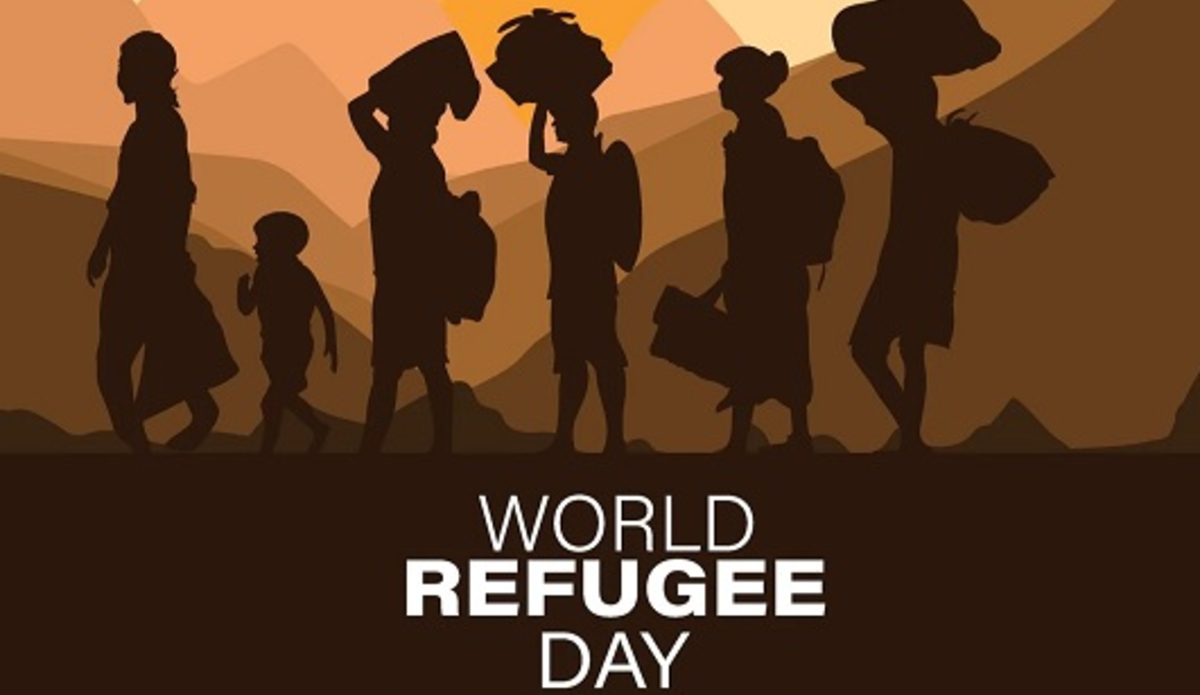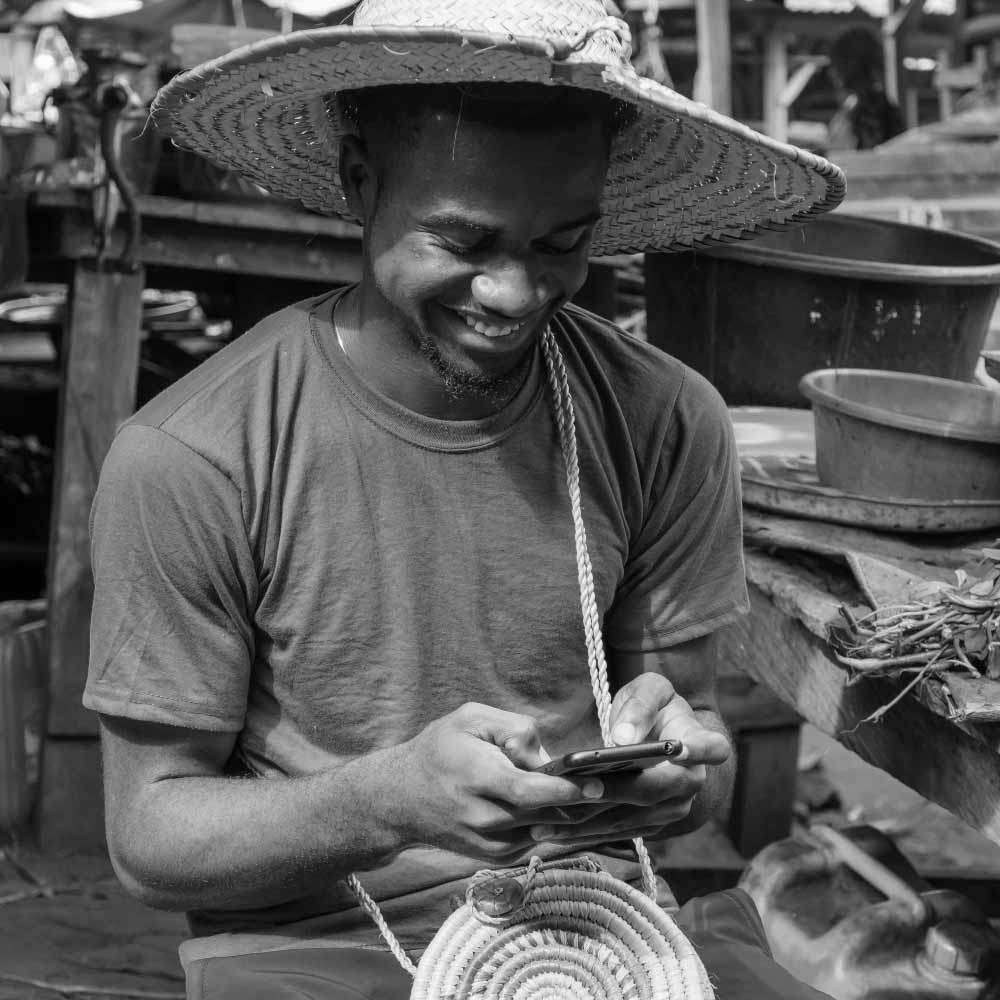- by andrews-adunkwah
- April 30, 2024
Click the link below to join Our WhatsApp group for daily brief on current trends in the country.
Join Here!
Loading

Child labour remains a significant and persistent issue in Ghana, impacting the lives of numerous children across the country.
Defined as work that deprives children of their childhood, potential, and dignity, child labour in Ghana spans various sectors, each presenting unique challenges and risks to children.
In agriculture, children often engage in hazardous tasks such as spraying pesticides or carrying heavy loads, jeopardizing their health and well-being.
The fishing industry similarly exposes children to dangerous conditions on boats and underwater, subjecting them to physical and emotional abuse.
In urban areas, children may work as street vendors, domestic workers, or in small-scale industries, facing exploitation and long hours without proper compensation or protection.
According to UNICEF, of all children in Ghana aged 5 to17 years, about 21 per cent are engaged in child labour and 14 per cent are engaged in hazardous forms of labour.
Despite ongoing efforts to combat it, the prevalence of child labour highlights deep-rooted socio-economic challenges that continue to affect Ghanaian society.
In an interview with RGGNEWS, Mawuli Korshie the Senior Regional Administrator from the Commission for Human Rights and Administrative Justice (CHRAJ) pinpointed the primary causes contributing to child labor in Ghana as poverty, irresponsible parenting, and inadequate educational opportunities distribution as the main drivers behind child labour in Ghana.
These factors create a vicious cycle of exploitation, compelling children into labour instead of receiving essential education and proper care.
Mawuli Korshie said, to combat this pressing issue, CHRAJ has implemented a range of strategies. These include capacity building among staff for effective public education and awareness, continuous monitoring of child labour issues, and managing complaints related to child exploitation.
He underscored the effectiveness of public education campaigns and robust complaints management systems in significantly reducing instances of child labour across Ghana. These initiatives empower communities to identify and respond to cases of child exploitation promptly.
Highlighting the impact of existing laws, CHRAJ notes successful prosecutions under the Human Trafficking Act and the positive outcomes of national action plans.
He stated that, policies such as School Feeding, Capitation Grant, Livelihood Empowerment Against Poverty, and Free Senior High School have also played pivotal roles in diminishing child labor by providing economic support and enhancing access to education.
To further strengthen efforts against child labour, CHRAJ advocates for heightened state commitment with adequate resource allocation for effective policy interventions. Additionally, they stress the imperative of enhancing collaboration and coordination among stakeholders to optimize impact.
Expressing confidence in Ghana’s capacity to eradicate child labour, Mawuli Korshie emphasized the necessity of robust state commitment and the effective implementation of protocols and guidelines under the Child Labor Free Zones initiative.
As Ghana continues its concerted efforts to combat child labour, stakeholders emphasize the importance of sustained commitment, collaborative efforts, and adequate resource allocation to safeguard the rights and welfare of all children nationwide.

Click the link below to join Our WhatsApp group for daily brief on current trends in the country.
Join Here!
0 Comments: